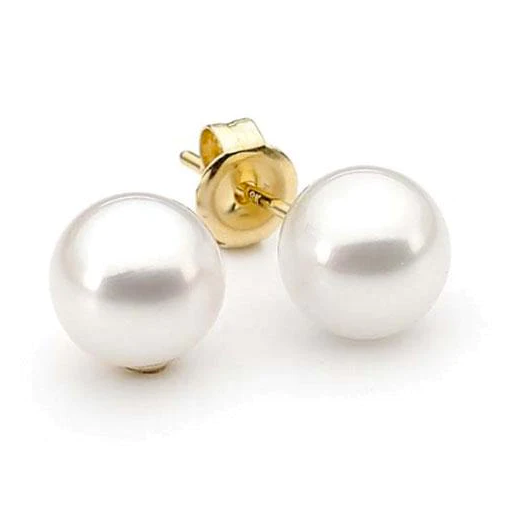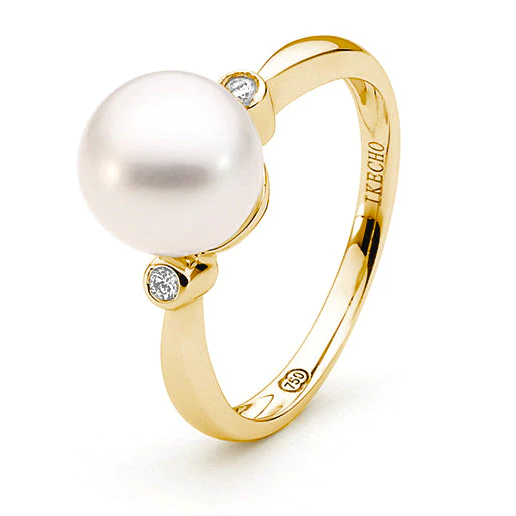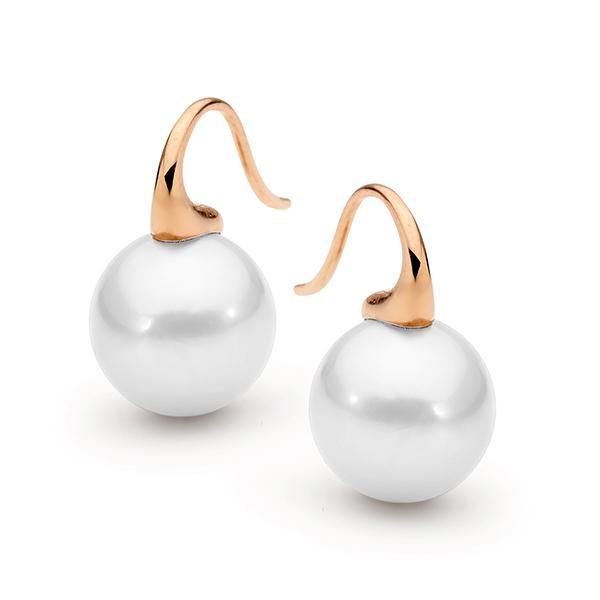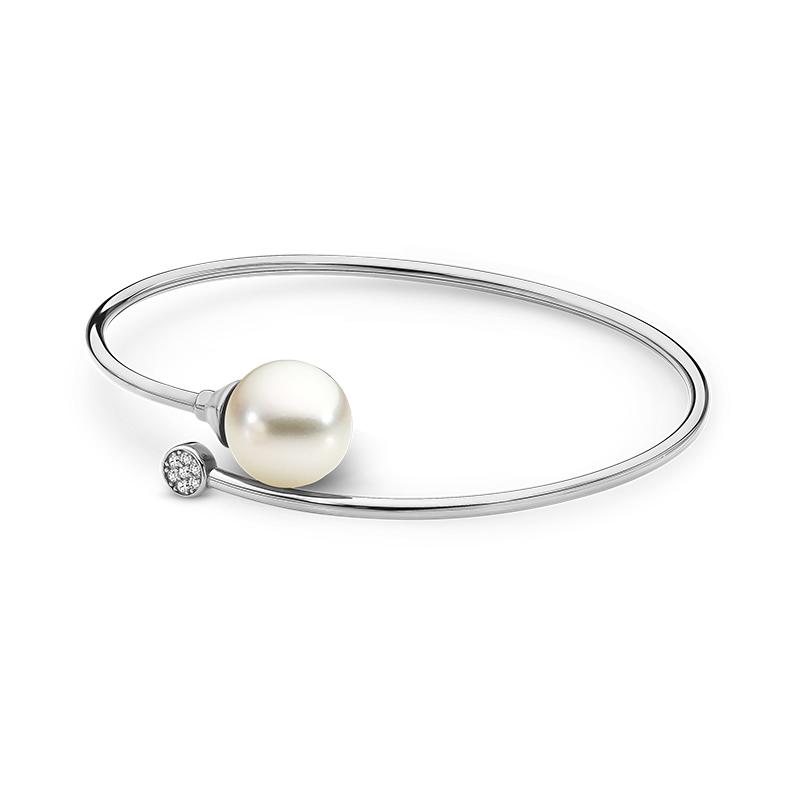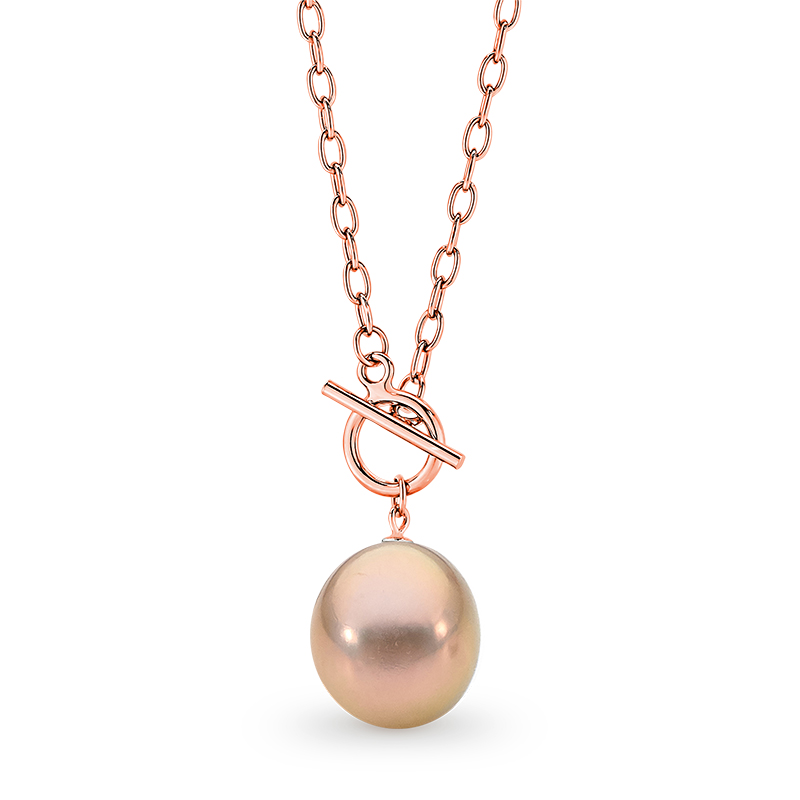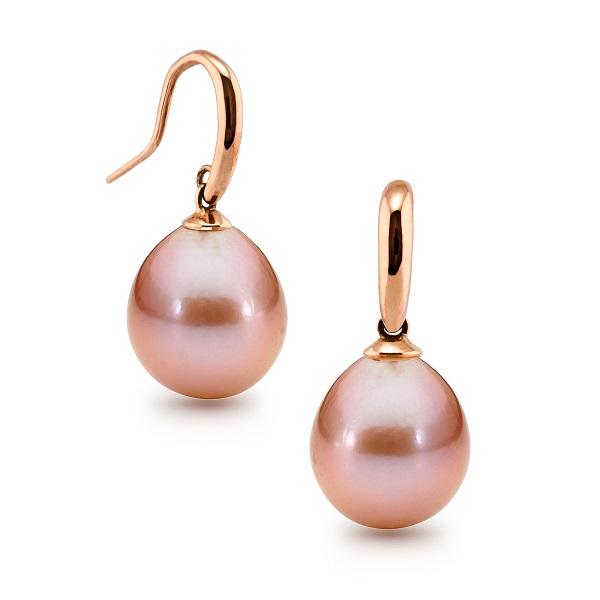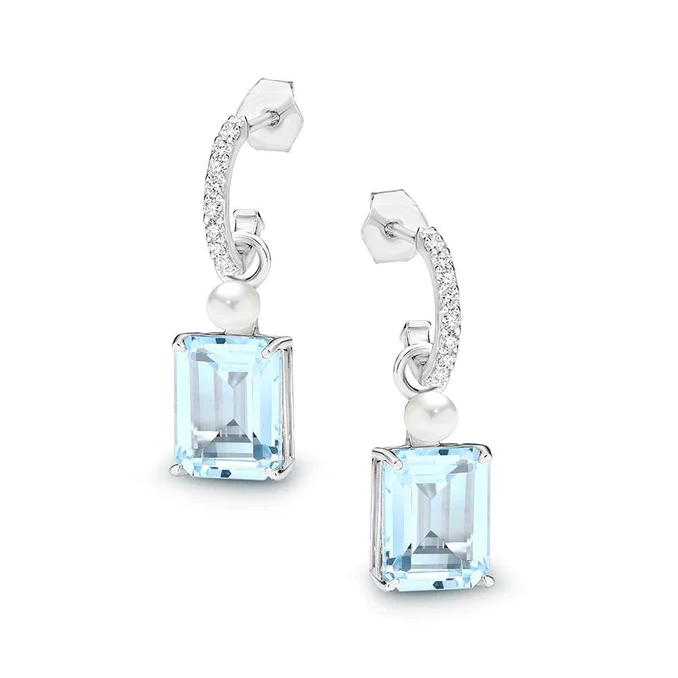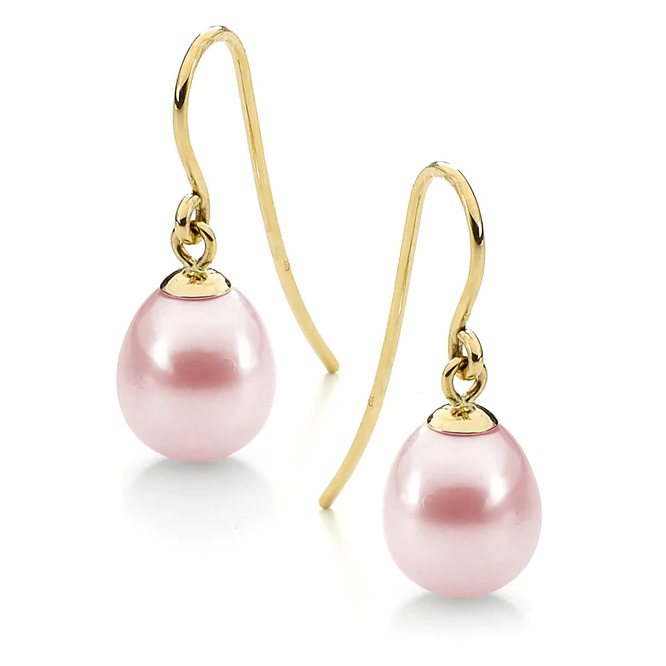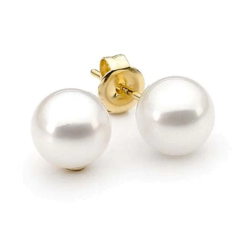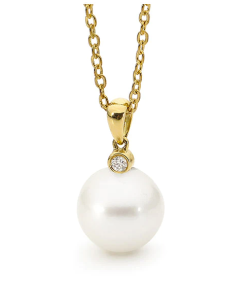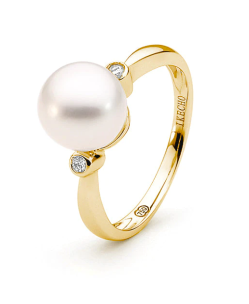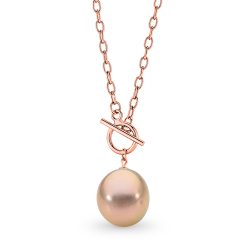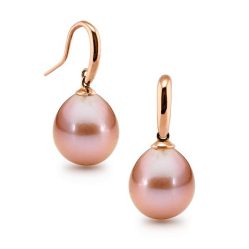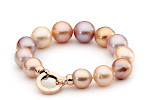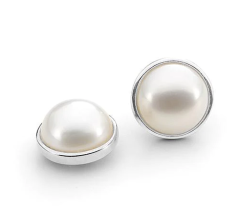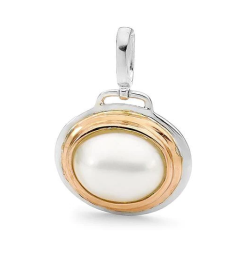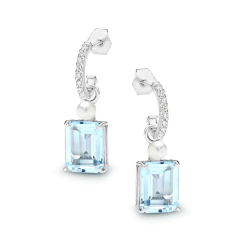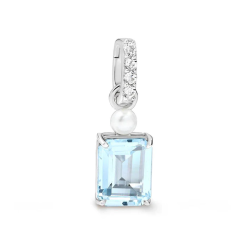Pearls Natural or Cultured??
Pearls general come in three types Natural, Cultured, and Freshwater.
Natural pearls are formed by chance—a natural pearl is formed when a parasite or other foreign matter enters the body of the pearl producing mollusk. As a protective mechanism the mollusk deposits layers of nacre over the irritant. Over time the mollusk will continue to deposit layers of nacre and this is how the pearl is formed.
To form a cultured pearl—human intervention is required to assist in starting the pearl producing process in the mollusk. A piece of mantle tissue or a sound bead is inserted into the mollusk and then the process of depositing layers of nacre around the irritant just as a natural pearl begins. Today nearly all pearls are cultured, allowing consistency in shape and size.
Today’s Freshwater pearls are also cultured and are generally not as round as saltwater pearls. They do not have the same sharp luster and shine as saltwater pearls so they tend to be less expensive. Freshwater pearls tend to be more durable than saltwater pearls.
Pearl Care
To care for your pearls, we recommend that your pearls are the last item to be put on when dressing and the first to come off when undressing.
The reason that we recommend that you put your pearls on last is that chemicals are the hardest on your pearls, and will be the first thing to cause them to break down over time and lose their luster. Apply any cosmetics, cream, hairspray or perfume prior to putting on your pearls. When you remove your pearls gently wipe them down with a soft cloth before putting them away this will also help to keep the luster beautiful. The best that you can probably do for your pearls is to wear them often. It is said that the skins natural oils are great for keeping the luster of pearls.
Pearl Storage
Store your pearls in a soft pouch or cloth lined jewellery box away from other gemstones or avoid scratching. Pearls are best kept in a cool spot away from direct sunlight. It is not recommended to keep your pearls in a safe as pearls needs moisture in the air to keep them from drying out and cracking.
Pearl Colour
The pearl colour depends on the oyster’s environment. While the environment is a factor in a pearl’s colour it is a limited factor. The strongest defining factor is the type of mollusk. Different pearl mollusks produce different colours for different reasons. Most pearls are white, sometimes with a creamy or pinkish tinge, but may be tinted with yellow, green blue, brown or black.
Are they Real???
To test a genuine pearl run it along your teeth. A genuine pearl will feel rough and gritty while an imitation pearl will feel smooth.

